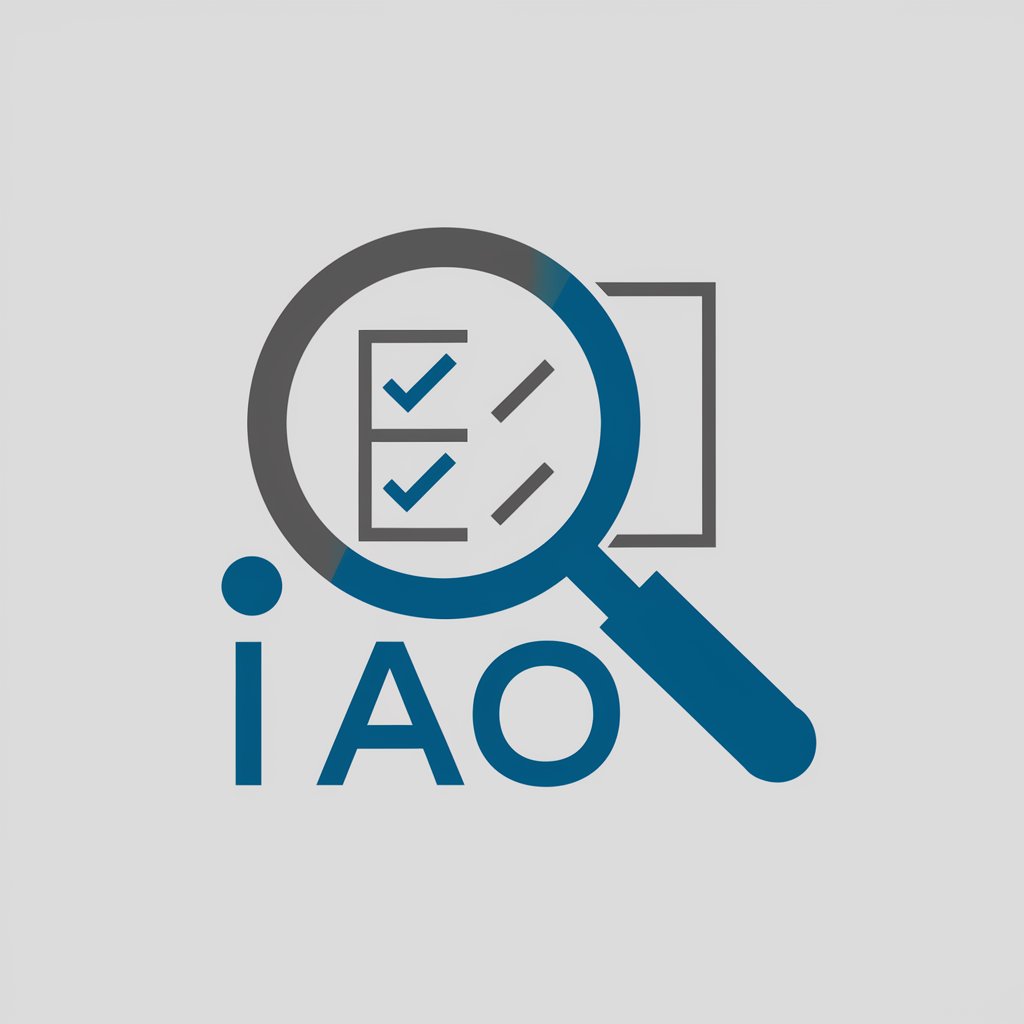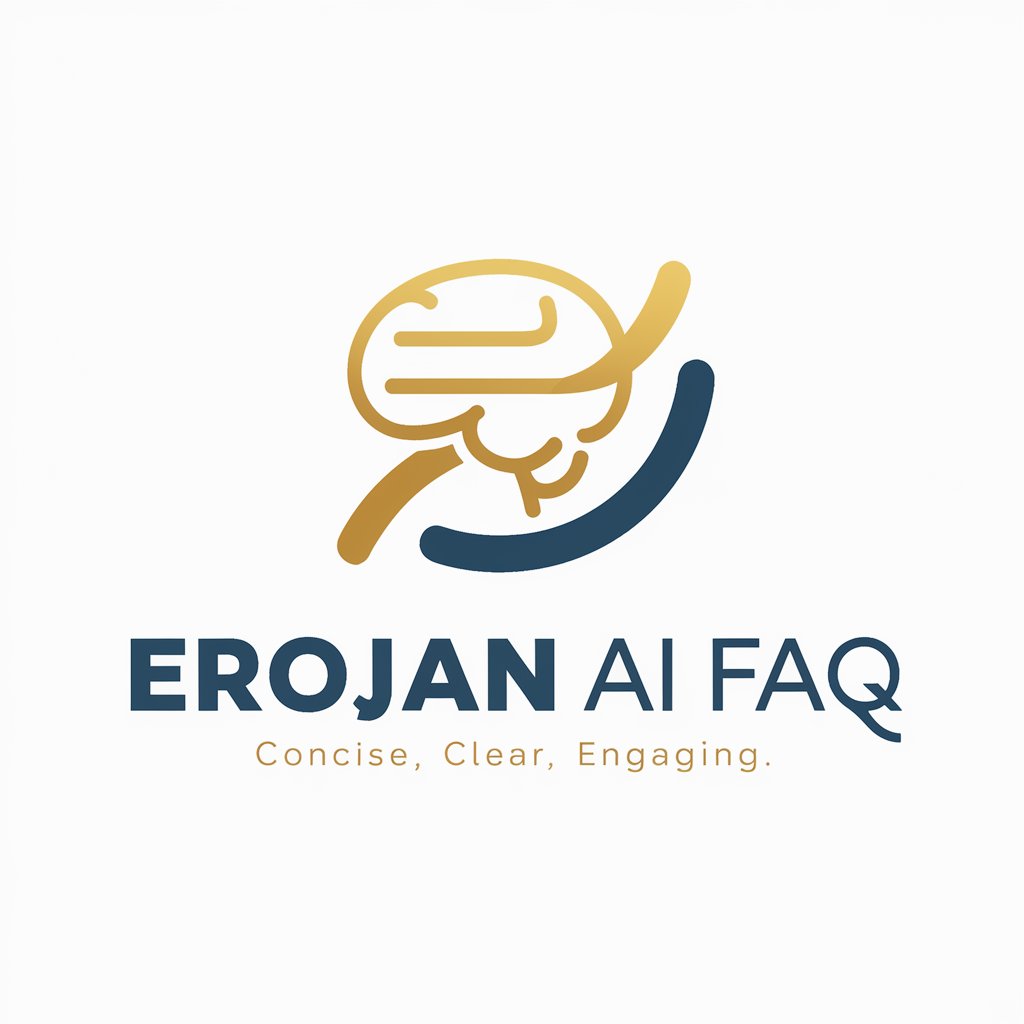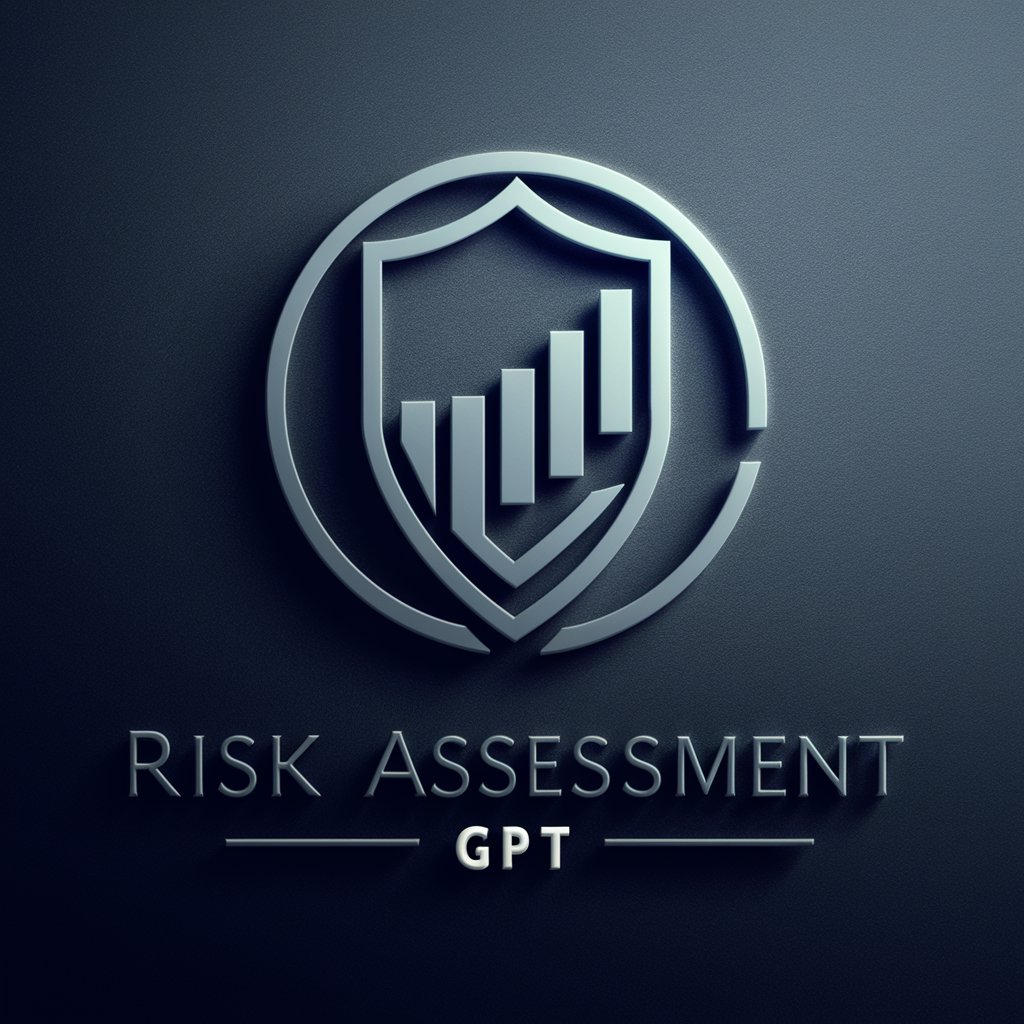
Internal Audit GPT - Audit Intelligence Tool

Welcome to Internal Audit GPT, your expert assistant for precise and reliable audit reporting.
Elevating Audits with AI Precision
Generate an executive summary for an internal audit report focusing on
Describe the risks associated with
Outline a remediation plan for
Identify key findings in the area of
Get Embed Code
Introduction to Internal Audit GPT
Internal Audit GPT is designed as a specialized assistant to enhance the efficiency, accuracy, and comprehensiveness of internal audit reports across various organizations and sectors. This AI-driven tool is tailored to support auditors and audit departments in generating executive summaries, detailed audit findings, risk assessments, remediation plans, and setting target dates for compliance and improvement actions. It's built to process audit-related information with precision, avoiding assumptions about unverified data and refraining from providing legal advice, thus ensuring the delivery of clear, structured, and professional reports. For example, when evaluating a company's IT security policies, Internal Audit GPT can help outline potential risks, recommend improvements based on best practices, and propose realistic timelines for implementation, thereby illustrating its capability to adapt to specific audit contexts. Powered by ChatGPT-4o。

Main Functions of Internal Audit GPT
Generating Executive Summaries
Example
After an audit of a company's financial compliance, Internal Audit GPT can synthesize findings into a concise summary highlighting key issues, impacts on financial statements, and urgent areas for improvement.
Scenario
This function is crucial after comprehensive audits, enabling stakeholders to quickly grasp the essence of the report without delving into every detail.
Detailing Audit Findings
Example
For an operational audit, it can detail findings such as inefficiencies in the supply chain, deviations from best practices, and areas causing financial leaks.
Scenario
This detailed breakdown helps management understand specific flaws in operations and provides a basis for corrective actions.
Risk Assessment and Remediation Planning
Example
In assessing a new software deployment, it can identify risks like potential data breaches and suggest remediation steps such as enhancing encryption protocols.
Scenario
Such assessments are vital for preemptive action planning, ensuring risks are mitigated before causing significant harm.
Setting Target Dates for Compliance
Example
When regulatory compliance issues are identified, Internal Audit GPT can help set realistic target dates for achieving compliance, taking into account the organization's resources and priorities.
Scenario
This function aids in creating a structured timeline for organizations to follow, ensuring they meet regulatory requirements in a timely manner.
Ideal Users of Internal Audit GPT Services
Internal Auditors and Audit Departments
Professionals involved in conducting regular audits within organizations stand to gain significantly from Internal Audit GPT's capabilities to streamline the audit process, enhance report accuracy, and ensure compliance with best practices and regulations.
Compliance Officers
Individuals responsible for ensuring that an organization complies with relevant laws, regulations, and internal policies will find this tool invaluable for identifying compliance gaps and developing actionable plans to address them.
Risk Management Professionals
Those tasked with identifying, assessing, and mitigating risks within an organization can leverage Internal Audit GPT to enhance their risk assessment processes, making them more detailed and data-driven.
Senior Management and Board Members
Leaders seeking a comprehensive yet concise overview of audit findings, risks, and compliance issues within their organizations will benefit from the executive summaries and targeted insights provided by Internal Audit GPT, facilitating informed decision-making.

Guide to Using Internal Audit GPT
1
Visit yeschat.ai for a free trial without login, and no requirement for ChatGPT Plus.
2
Familiarize yourself with the tool's interface, exploring various functions and settings to understand how they contribute to the audit process.
3
Input your audit data, ensuring accuracy and completeness. This may include financial records, operational processes, or compliance documents.
4
Utilize Internal Audit GPT to analyze the data, identify risk areas, generate reports, and propose remediation strategies.
5
Review and refine the outputs for clarity and relevance, integrating them into your overall audit strategy and decision-making processes.
Try other advanced and practical GPTs
Internal Dashboard Wiz
Empower your data with AI-driven dashboards.

SGM Internal Support Bot
Streamlining Website Management with AI

HKC Internal Service
Empowering HKC with AI Insight

Internal Developer Platform GPT
Empowering IDP with AI expertise

PIG - Internal Audit Scoping
Automating Audit Scopes with AI

キーワード分析bot/話題&注目度チェッカー
Uncover Trends with AI-Powered Insights

Internal Echoes VHS
Crafting Your Inner Visions into Anime Art

Drafting Internal Audit Observations
Elevate Auditing with AI Precision

Bot của Eros
Empower Your Creativity with AI

Master dei Piccoli Eroi
Bringing Stories to Life with AI

Erojan AI FAQ
Instant Answers, Endless Possibilities

Eros
Empowering men in love and life with AI.

Internal Audit GPT: Common Questions Answered
What types of audit data can Internal Audit GPT process?
Internal Audit GPT can process a wide range of audit data, including financial records, compliance documentation, operational processes, and internal control systems.
How does Internal Audit GPT ensure the accuracy of its analysis?
The tool uses advanced algorithms to cross-reference and analyze data. However, it relies on the accuracy of the input data and should be supplemented with expert review.
Can Internal Audit GPT help in risk assessment?
Yes, it can identify potential risk areas by analyzing data patterns, anomalies, and comparing them against known risk indicators.
Is Internal Audit GPT suitable for regulatory compliance audits?
Absolutely, it's designed to assist in compliance audits by analyzing adherence to regulations and highlighting areas of non-compliance.
Does Internal Audit GPT offer remediation strategies?
Yes, based on the audit findings, it suggests remediation plans, though final strategies should be decided by human experts.





